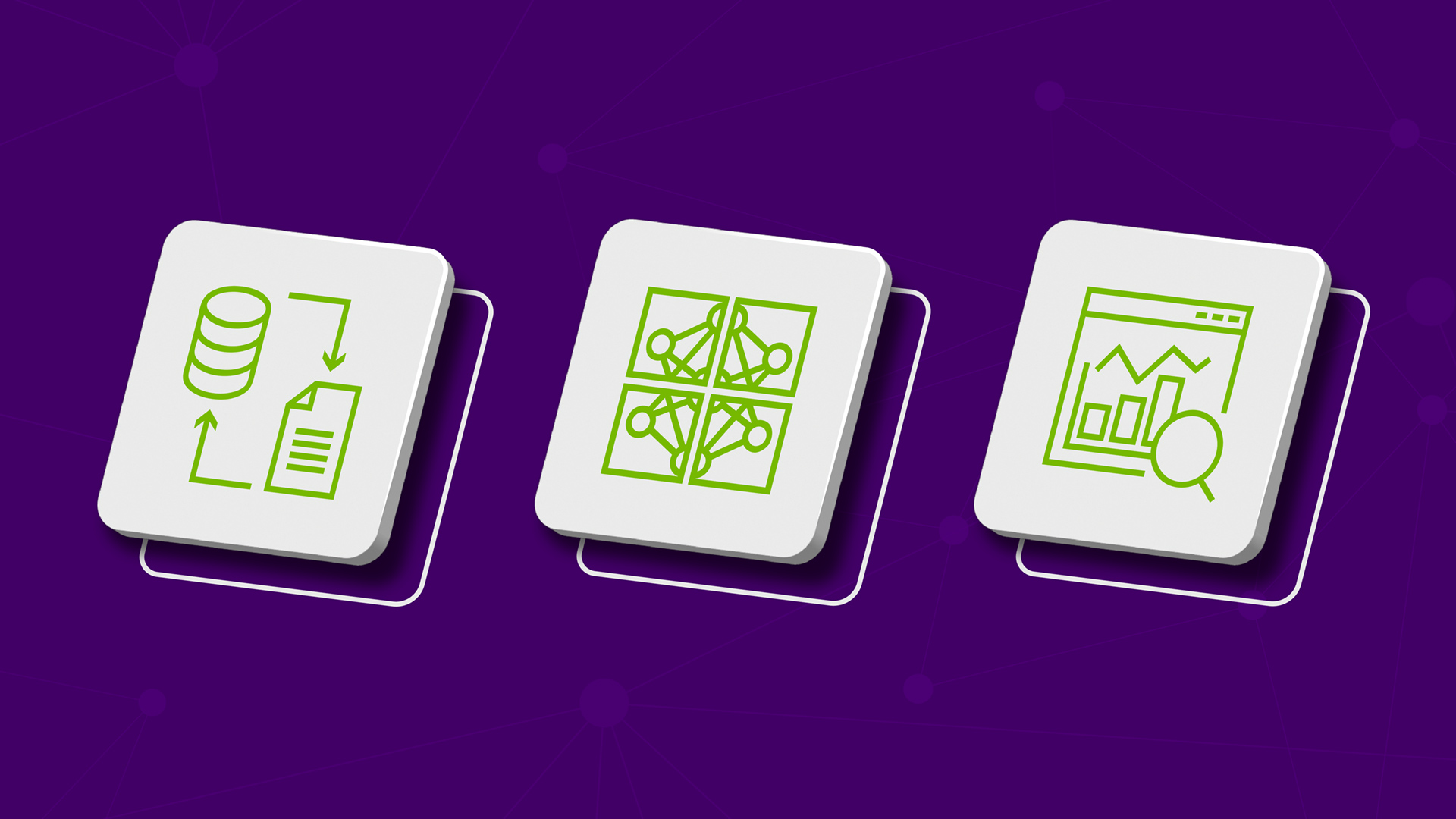
July 29, 2025
NeMo Microservices: Building Custom AI Agents with Open-Weight Models
NeMo Microservices: Building Custom AI Agents with Open-Weight Models
Ever wanted to design an AI agent but felt overwhelmed by where to start?
Trust me; I have been there. Smart autonomous agents used to be the domain of large IT companies. Recent changes are due to Nvidia's NeMo Microservices.
Building a bespoke AI agent nowadays is more like LEGO than climbing a mountain. The best part? Open-weight models from Meta and Mistral AI let you tweak and deploy models without a proprietary environment. Stay with me as I'll explain NeMo Microservices and construct a small AI agent!
What is NeMo Microservices?
To put it simply: NeMo Microservices are ready-to-use AI services that simplify difficult AI system development. Instead of dealing with monolithic models or huge frameworks, you select services like natural language processing, image creation, and speech recognition.
Even cooler, NeMo supports open-weight models. That lets you make use of top-tier models like Meta's Llama or Mistral's lightweight LLMs without premium API calls. It is flexibility at its best if you want to customize models or operate everything on your own hardware.
Why Open-Weight Models Matter
Before, I thought "open weights" was a geeky concept. For those who work with AI, it all makes sense very quickly. Publicly accessible parameters define open-weight models. You may host, tweak, and fine-tune them.
That and NeMo's modular approach let you construct private, cost-effective, and customized agents for research assistants, customer service bots, and data mining.
You are also not limited to one cloud environment. Freedom feels amazing, right?
Architecture of a Simple AI Agent
Let's discuss our little project.
We will create an AI agent that:
- Scrapes content from a webpage
- Summarizes it using NeMo Microservices' LLM.
Like letting your AI agent search, interpret, and explain plain-English online sites. Pretty handy, huh?
Building a Web Scraping and Summarizing AI Agent
Alright, let's get our hands dirty!
Step 1: Install Required Libraries
First things first; let's install the tools we need:
pip install nemo_toolkit
pip install beautifulsoup4 requestsThis will enable us scrape websites or webpages and connect to NeMo.
Step 2: Scrape Web Content
This is a simple code that gets text from a website:
import requests
from bs4 import BeautifulSoup
def scrape_website(url):
response = requests.get(url)
soup = BeautifulSoup(response.text, 'html.parser')
paragraphs = soup.find_all('p')
text = " ".join([para.text for para in paragraphs])
return textThis function requests, pulls, and mashes all paragraph tags into text.
Step 3: Summarize Using NeMo Microservice
Now, let's connect to NeMo to summarize the text.
from nemo_toolkit import NeMoClient
nemo_client = NeMoClient(endpoint="http://localhost:8000") # Make sure NeMo server is running
def summarize_text(text):
response = nemo_client.summarize(text)
return response['summary']NeMoClient connects to your NeMo Microservices instance. A nice summary appears when we give it the text.
Step 4: Complete the Agent Workflow
Finally, let's bring everything together:
def agent_pipeline(url):
content = scrape_website(url)
summary = summarize_text(content)
print("Summary:\n", summary)
# Example usage
agent_pipeline('https://example.com')Call agent_pipeline() with any URL to have your AI agent retrieve and summarize the information!
Scaling Your AI Agent
With this base framework, the possibilities are unlimited.
Consider adding semantic search for better processing, using the agent for multi-turn interactions, and scaling over many GPUs for quicker processing.
NeMo Microservices are modular, thus upgrading your AI from "scrape and summarize" to "deep thinking researcher" is easy. Honestly, it is addicting.
Conclusion: The Future is Modular and Open
Nvidia's NeMo Microservices make bespoke AI agent creation easy in a few steps. Open-weight models provide you entire control; no gatekeepers, no additional costs, simply pure innovation on your terms.
Now is the moment to build your own AI systems if you have been curious yet afraid. Start small as we did today and you will soon be creating strong agents that can reason, summarize, solve, and cooperate. The future of AI is modular, open, and ready for you to develop.
631 views
